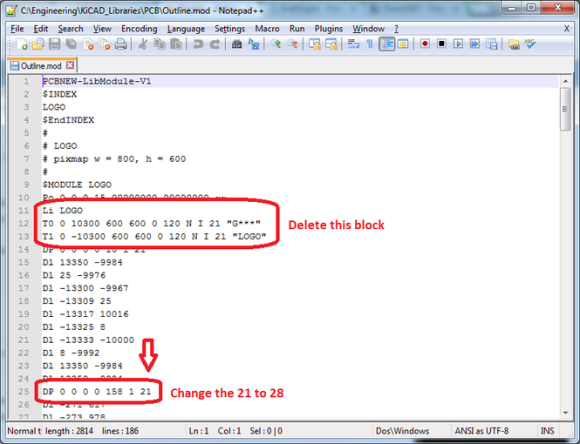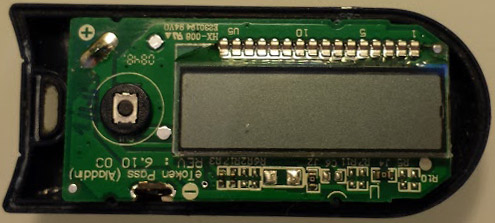[Valentin] tipped us about his latest project: a homemade railgun. For the few that may not know already, a railgun is an electrically powered electromagnetic projectile launcher. It is comprised of a pair of parallel conducting rails, along which a sliding armature is accelerated by the electromagnetic effects of a current that flows down one rail, into the armature and then back along the other rail. [Valentin]’s writeup starts with a detailed explanation of this principle, then a simple proof of concept is shown where a metal stick with two small round magnets on each end is accelerated along two alumium strips powered by a 9V battery.
The final build shown above is powered by a capacitor bank consisting of three 400V 2200uF capacitors in parallel. [Valentin] opted for a hot rail design, where the power is always present on the rails. The projectile is inserted into the assembly by a spring-loaded lever. A video is embedded after the break. If you found this interesting, you’re going to love the fully-automatic Gauss gun.

















